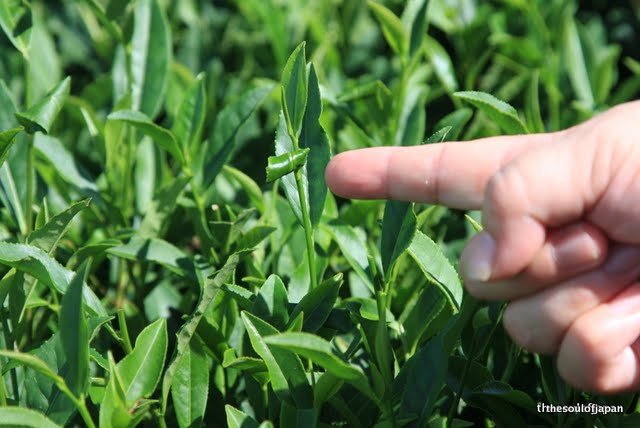Tea Picking in Shizuoka
No blog on Japan would ever be complete without some kind of fruit or tea picking. So, knowing me, and how much I over indulge myself in the host country I took a trip down to the tea capital of Japan where over 50% of all the tea is grown and cultivated in this country, Shizuoka Prefecture.
Of course tea is grown in other areas through-out Japan also, but in Shizuoka, namely Nishi-Ogima in Makinohara City, is where most people go to get a hands on feel for how authentic Japanese tea is grown and cultivated.
In order to start my trip off right I have a beer breakfast FIRST, and then I always grab one of these eki bento boxes( train station lunch box). Kanagawa Prefecture is famous for a few good eki bento. This one in my hand is a saba( horse mackerel), on rice.
I was on my second Kirin Beer when I realized that in the wee hours of the morning, nothing can top an ice cold beer before a big trip; it’s just good for the blood circulation.
Most of your urbanites and Tokyoites who travel down to Shizuoka prefer a faster mode of transportation. It’s quite rare for most of them to take a local line 3 hours in one direction. In our case we chose the slow local line leaving from Ofuna Station to Kanaya Station. Though we had to transfer about 3 or 4 times we saved about half on our fare, but it took forever to reach Kanaya Station which wasn’t bad at all actually.
From our train window we were able to catch some amazing views of Mt. Fuji and of the Giant Gundam that’s now on display in Shizuoka City. I also can’t forget the brief but awesome views of the sea and bridges, especially Kanaya Bridge, near the Kanaya-juku station. The kind of bridge you see on picture postcards of steam trains chugging across a shallow river bed. I have always believed that the train ride is a part of the trip.
Finally arriving at the tea plantation, about a 20 minute taxi ride, there were only a few dozen people there. I was expecting more since it was on a Sunday that we went. Of course, I requested the Jukujo instructor to be our tour guide. As you can see, how she charmed even the shyest of butterflies with the tips of her nimble fingers, so did she to me
(While writing this, I was listening to “Esther” by Kenny G)
These were Sencha tea bushes. Sencha is your common table variety that you find in most sushi shops and restaurants.
Here she’s explaining about how to pick the tea leaves. You can see below in the next picture three leaves near the top of the stem, you pull these ones, not the long fourth one next to the index finger. You have to also be careful about the color. If the leaf is too dark then don’t pull it because it won’t produce delicious tea; something about it being too bitter. The ideal tea leaf is light green and shiny.
We had thirty minutes to fill our baskets. I was the slow one.
This small curled up leaf is not good because it’s been effected by a fungus. Since 1989 the fungus Pestalotia Longiseta has been causing tea gray blight on many tea plantations. Fortunately, this is under control.
If ever you come out this way you’ll see thousands of these plantation fans. Their primary use is during the cold winter months when leaves become vulnerable to ice and frost burn. These fans are supposed to mix hot and cold air to prevent frost from forming on the tea leaves.
The little green house you see at the top of the page is used for cultivating higher grades of tea
These columns are extremely narrow, even for Japanese, but it felt nice walking down them and feeling the tea bushes rubbing against me. Sometimes these bushes can grow as high as 4 meters if left untouched.
It was nice seeing Japanese kids learning about their tea culture and taking part in picking these tea leaves. If my livelihood had to depend on picking tea I’d go hungry; I’m just too slow at picking these little leaves. I had fun on this trip. Tea picking season is from April to October. The trip was definitely worth it. The next post will introduce the restaurant on this plantation.












Comments
Post a Comment